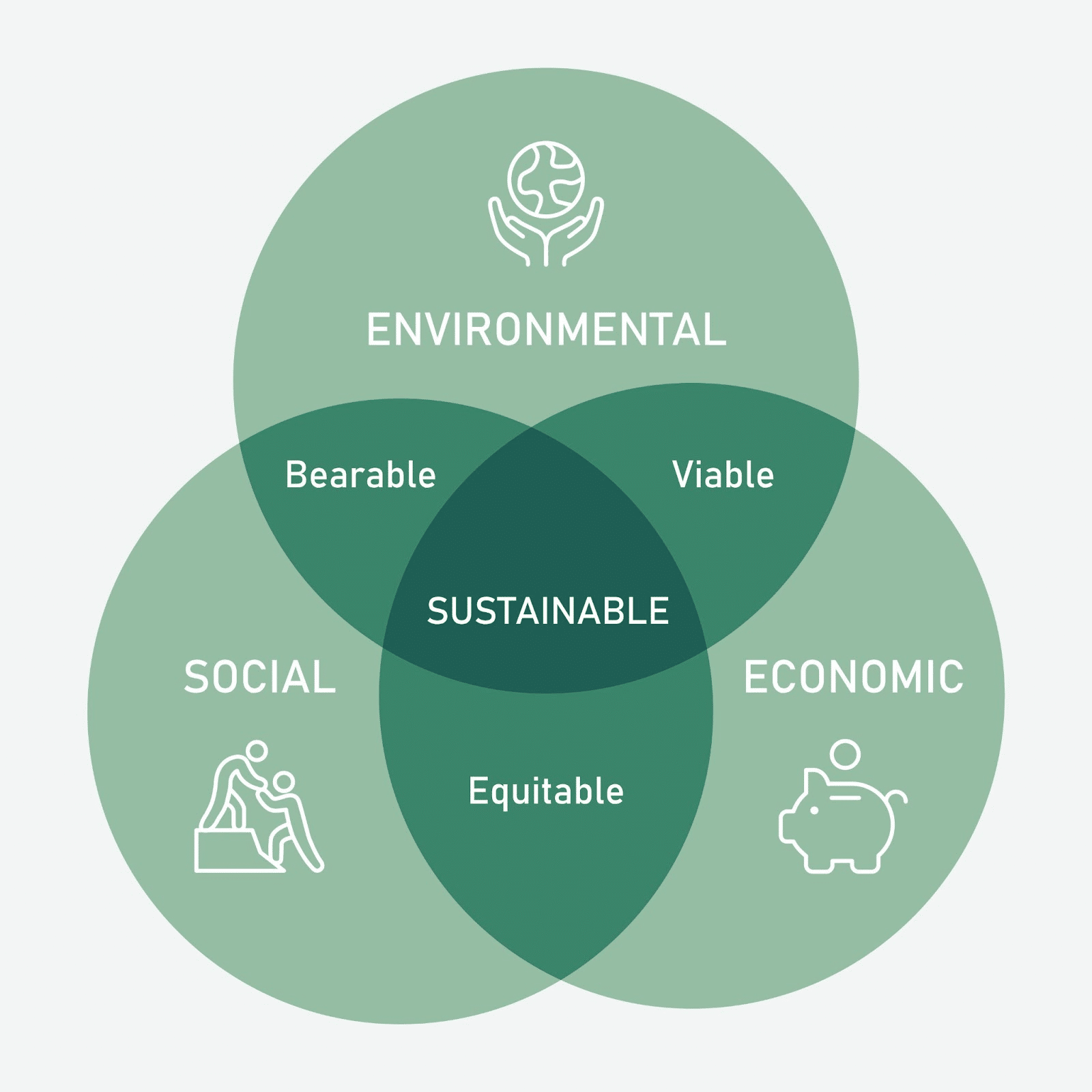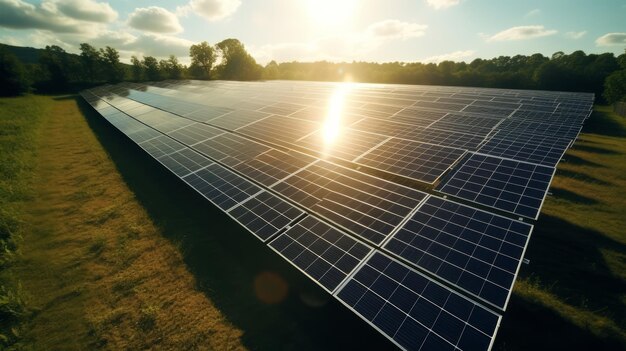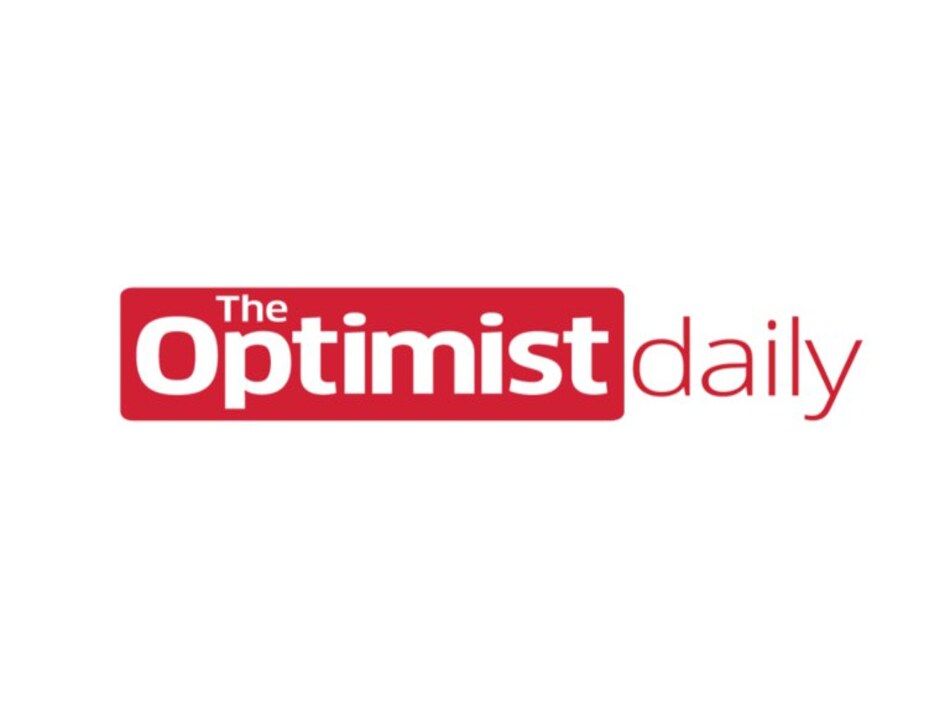
Economic Sustainability: Building a Future of Long-Term Prosperity for Everyone
In a world constantly looking for the next big thing, it’s easy to get caught up in short-term gains and quick profits. But what if we told you there’s a better way to think about our economy – one that focuses on lasting success, fairness, and a healthy planet for generations to come? This is the core idea behind Economic Sustainability.
Imagine a tree. For it to grow tall and strong year after year, it needs healthy soil, enough water, and sunlight. If we constantly strip the soil of nutrients or cut down branches without allowing new growth, the tree will eventually wither and die. Our economy is much like that tree. For it to provide long-term prosperity, it needs a foundation built on sustainable practices, not just quick harvests.
This article will dive deep into what economic sustainability truly means, why it’s crucial for our collective future, and how we can all contribute to building an economy that thrives for the long haul.
What Exactly is Economic Sustainability? Beyond Just Money
At its heart, economic sustainability is about creating an economy that can support itself and the well-being of people indefinitely, without depleting the natural resources or harming the social fabric that it depends on. It’s not just about making money today; it’s about ensuring there’s enough for everyone, both now and in the future.
Think of it this way:
- Traditional Economy: Often focuses on maximizing production and consumption, sometimes at the expense of resources or people. It’s like spending all your savings today without thinking about tomorrow.
- Sustainable Economy: Aims for balanced growth that considers environmental limits, social fairness, and long-term economic stability. It’s like managing your finances wisely, investing for the future, and ensuring everyone in your family has what they need.
Economic sustainability is often seen as one of the three pillars of overall sustainability, working hand-in-hand with:
- Environmental Sustainability: Protecting natural resources, reducing pollution, and maintaining healthy ecosystems (e.g., clean air, water, forests).
- Social Sustainability: Ensuring fairness, equality, human rights, and well-being for all people (e.g., good education, healthcare, safe communities).
When all three pillars are strong, we build a truly resilient and prosperous society.
Why is Economic Sustainability So Important for Long-Term Prosperity?
The traditional "grow at all costs" model has brought many benefits, but it has also led to significant challenges. Ignoring economic sustainability can lead to:
- Resource Depletion: Running on Empty
- Our planet has finite resources like oil, gas, minerals, and even fresh water. An unsustainable economy consumes these resources at a rate faster than they can be replenished. Eventually, we’ll run out, leading to shortages, higher prices, and conflicts.
- Environmental Degradation: A Costly Problem
- Unsustainable economic activities often lead to pollution, deforestation, loss of biodiversity, and climate change. These environmental problems have huge economic costs, from natural disaster recovery to healthcare expenses for pollution-related illnesses.
- Economic Instability: The Boom-Bust Cycle
- Economies heavily reliant on single industries or unsustainable practices are vulnerable to sudden collapses. Think of towns that thrived on a single mine or factory, only to decline sharply when the resource ran out or the industry moved. Economic sustainability aims for diversified, resilient economies that can weather storms.
- Social Inequality: A Divided Society
- When economic growth doesn’t benefit everyone, it can widen the gap between the rich and the poor. This leads to social unrest, reduced opportunities for many, and a less productive workforce. A sustainable economy strives for equitable distribution of wealth and opportunities.
- Reduced Quality of Life for Future Generations:
- Perhaps the most critical reason: if we use up all the resources, pollute the environment, and create unstable economies today, we leave a much poorer world for our children and grandchildren. Economic sustainability is about ensuring they have the same, if not better, opportunities than we do.
In essence, embracing economic sustainability isn’t just a moral choice; it’s a smart economic strategy for long-term prosperity and stability.
Key Pillars and Strategies for a Sustainable Economy
So, how do we build this robust, future-proof economy? It involves a fundamental shift in how we produce, consume, and manage our resources. Here are some key strategies:
1. Resource Efficiency & the Circular Economy
Instead of a "take-make-dispose" linear economy, where we extract resources, make products, and then throw them away, a sustainable economy moves towards a circular economy.
- Reduce: Use fewer raw materials in production.
- Reuse: Design products that can be used again and again.
- Recycle: Turn waste into new resources.
- Repair: Fix broken items instead of replacing them.
- Regenerate: Restore natural systems, like replanting forests.
Example: Instead of buying a new phone every two years, a circular economy encourages repairing older phones, recycling their components, or even leasing phones that are designed for easy upgrades and material recovery.
2. Renewable Energy Transition
Our current economy relies heavily on fossil fuels (coal, oil, gas), which contribute to climate change and are finite. A sustainable economy shifts to renewable energy sources.
- Solar Power: Harnessing energy from the sun.
- Wind Power: Using wind turbines to generate electricity.
- Hydropower: Generating electricity from moving water.
- Geothermal Energy: Tapping into the Earth’s internal heat.
Investing in and switching to these energy sources reduces pollution, creates new jobs, and provides a stable, long-term energy supply.
3. Innovation and Green Technology
Technology and new ideas are powerful tools for sustainability.
- Eco-friendly Materials: Developing plastics from plants, biodegradable packaging, or building materials with a lower environmental footprint.
- Smart Systems: Using AI and data to optimize energy use in buildings, manage waste efficiently, or create smarter transportation networks.
- Carbon Capture: Technologies that capture carbon dioxide emissions from industrial processes before they enter the atmosphere.
- Sustainable Agriculture: Innovations like vertical farming, precision agriculture (using less water and fertilizer), and organic farming methods.
Innovation drives efficiency, creates new industries, and solves environmental challenges.
4. Social Equity and Inclusion
A truly sustainable economy ensures that everyone benefits and has a fair chance.
- Fair Wages and Working Conditions: Ensuring workers are paid fairly and work in safe environments.
- Access to Education and Healthcare: Investing in human capital so everyone has the opportunity to thrive and contribute.
- Gender Equality: Empowering women to participate fully in the economy.
- Poverty Reduction: Creating systems that lift people out of poverty and reduce income inequality.
When people are healthy, educated, and secure, they are more productive and contribute positively to the economy.
5. Responsible Governance and Policy
Governments play a critical role in setting the rules and creating incentives for a sustainable economy.
- Regulations: Setting limits on pollution, mandating energy efficiency, or banning harmful chemicals.
- Incentives: Offering tax breaks or subsidies for businesses that adopt sustainable practices, invest in renewable energy, or create green jobs.
- Investment: Funding research and development in green technologies, building sustainable infrastructure (like public transport), or restoring natural areas.
- International Cooperation: Working with other countries to address global challenges like climate change and resource management.
Good governance creates a level playing field and encourages businesses and individuals to act sustainably.
6. Education and Awareness
People need to understand the importance of economic sustainability and how their actions contribute.
- Curriculum Integration: Teaching sustainability principles in schools and universities.
- Public Campaigns: Raising awareness about responsible consumption, waste reduction, and energy saving.
- Professional Training: Equipping workers with the skills needed for green jobs and sustainable industries.
An informed public is more likely to make sustainable choices and support policies that promote long-term prosperity.
How Businesses Can Contribute to Economic Sustainability
Businesses are powerful engines of change. Here’s how they can contribute:
- Embrace Sustainable Sourcing: Choose suppliers who use ethical labor practices and environmentally friendly production methods.
- Design for Durability and Recyclability: Create products that last longer, can be easily repaired, and have components that can be recycled or reused.
- Reduce Waste and Emissions: Implement strategies to minimize waste throughout their operations, from manufacturing to packaging.
- Invest in Renewable Energy: Power their facilities with solar panels or purchase renewable energy credits.
- Practice Ethical Labor: Ensure fair wages, safe working conditions, and respect for human rights across their supply chains.
- Innovate Green Products and Services: Develop new offerings that help customers live more sustainably.
- Report on Sustainability Performance: Be transparent about their environmental and social impact.
How Governments Can Lead the Way
Governments have the power to shape the economic landscape:
- Set Clear Policies and Targets: Establish ambitious goals for emissions reduction, renewable energy adoption, and waste diversion.
- Provide Financial Incentives: Offer grants, tax credits, or low-interest loans for sustainable investments by businesses and individuals.
- Invest in Green Infrastructure: Build efficient public transportation, smart grids, and renewable energy plants.
- Regulate for Sustainability: Implement strong environmental protections, resource management laws, and social welfare programs.
- Support Research and Development: Fund scientific breakthroughs in green technologies and sustainable practices.
- Lead by Example: Adopt sustainable practices within government operations and procurement.
What You Can Do: Individual Actions for a Sustainable Economy
While businesses and governments play big roles, your choices matter too!
- Be a Conscious Consumer:
- Buy Less, Choose Well: Prioritize quality over quantity.
- Support Sustainable Brands: Research companies that prioritize ethical and environmental practices.
- Choose Local: Reduce transportation emissions and support your local economy.
- Reduce, Reuse, Recycle: Minimize your waste at home.
- Save Energy and Water: Turn off lights, unplug electronics, use energy-efficient appliances, and conserve water.
- Consider Sustainable Transportation: Walk, bike, use public transport, or carpool. If buying a car, consider electric or hybrid options.
- Educate Yourself and Others: Learn more about sustainability and share your knowledge with friends and family.
- Advocate for Change: Support policies and leaders who prioritize economic sustainability.
Challenges on the Path to Sustainability
Shifting to a sustainable economy isn’t without its hurdles:
- Short-Term vs. Long-Term Thinking: Many economic decisions are driven by immediate profits rather than long-term benefits.
- Initial Investment Costs: While sustainable solutions often save money in the long run, the upfront investment can be significant.
- Global Coordination: Climate change and resource depletion are global problems that require international cooperation, which can be challenging.
- Behavioral Change: Shifting societal habits and consumption patterns takes time and effort.
- Vested Interests: Industries benefiting from the current unsustainable system may resist change.
However, these challenges are surmountable with collective will, smart policies, and continued innovation.
The Future: A Thriving, Sustainable Economy
Imagine a future where:
- Our cities are powered by clean, renewable energy.
- Products are designed to last, be repaired, and then reborn as new resources.
- Businesses thrive by creating value for both shareholders and society.
- Everyone has access to good jobs, education, and a healthy environment.
- Our economy grows not by depleting resources, but by innovating, collaborating, and stewarding our planet wisely.
This isn’t a utopian dream; it’s the practical and achievable goal of economic sustainability. It’s about building an economy that supports a high quality of life for all, now and for generations to come, ensuring long-term prosperity is not just a hope, but a reality.
Conclusion: Investing in Our Shared Future
Economic sustainability is more than just an environmental buzzword; it’s a fundamental shift in how we approach our economic systems to ensure long-term prosperity. It acknowledges that a truly thriving economy cannot exist in isolation from a healthy environment and a just society.
By embracing principles like resource efficiency, renewable energy, social equity, and responsible governance, we can move away from a boom-and-bust cycle towards an economy that is resilient, equitable, and capable of supporting human well-being indefinitely.
The journey to a sustainable economy requires collaboration from governments, businesses, and individuals alike. Every choice we make, from the products we buy to the policies we support, contributes to shaping the economic future we will leave for the next generation. Let’s choose to build an economy that not only creates wealth but also safeguards our planet and ensures a brighter, more prosperous future for everyone.



Post Comment